This is your morning Open Thread. Pour your favorite beverage and review the past and comment on the future.
Find the past “On This Day in History” here.
Click on images to enlarge
July 15 is the 196th day of the year (197th in leap years) in the Gregorian calendar. There are 169 days remaining until the end of the year.
On this day 1789, Lafayette selected colonel-general of the National Guard of Paris
Only one day after the fall of the Bastille marked the beginning of a new revolutionary regime in France, the French aristocrat and hero of the American War for Independence, Marie-Joseph Paul Roch Yves Gilbert du Motier, Marquis de Lafayette, becomes the colonel-general of the National Guard of Paris by acclamation. Lafayette served as a human link between America and France in what is sometimes known as The Age of Revolutions.
National Guard, Versailles, and Day of Daggers
On 15 July, Lafayette was acclaimed commander-in-chief of the National Guard of France, an armed force established to maintain order under the control of the Assembly. Lafayette proposed the name and the symbol of the group: a blue, white and red cockade. On 5 October 1789, a Parisian crowd, composed mostly of rough women working in the markets selling fish, marched to Versailles in response to the scarcity of bread. Members of the National Guard followed the march, and when Lafayette said that this march is non-sense, the National Guard’s men openly defied his power and according to some sources, they said “We are going with you, or over you”, then Lafayette reluctantly led the National Guard army to Versaille. At Versailles, the king accepted the Assembly’s votes but refused requests to return to Paris. That evening, Lafayette replaced most of the royal bodyguards with National Guardsmen. At dawn, the crowd broke into the palace. Before it succeeded in entering the queen’s bedroom, Marie Antoinette fled to the king’s apartments. Lafayette took the royal family onto the palace balcony and attempted to restore order. The crowd insisted that the king and his family move to Paris where they were installed in the Tuileries Palace. At the balcony, King Louis simply appeared, and everyone started chanting “Vive le Roi!”. Then when Maria Antoinette appeared with her children, she was told to send the children back, afterwards, when she came out alone, people shouted to shoot her, but when she stood her ground facing almost certain death, no one opened fire. After several seconds and the lowering of rifles, people started to chant “Vive la Reine!” (“Long live the Queen”, now the crowd is including the Queen)As leader of the National Guard, Lafayette attempted to maintain order. On 12 May 1790, he instituted, along with Jean Sylvain Bailly (mayor of Paris), a political club called the “Society of 1789” . The club’s intention was to provide balance to the influence of the Jacobins. On 14 July 1790, Lafayette took the civic oath on the Champs de Mars, vowing to “be ever faithful to the nation, to the law, and to the king; to support with our utmost power the constitution decreed by the National Assembly, and accepted by the king.”
He continued to work for order in the coming months. On 20 February 1791, the Day of Daggers, Lafayette traveled to Vincennes in response to an attempt to liberate a local prison. Meanwhile, armed nobles converged around the Tuileries, afraid the unprotected king would be attacked. Lafayette returned to Paris to disarm the nobles.[89] On 18 April, the National Guard disobeyed Lafayette and stopped the King from leaving for Saint-Cloud over Easter.

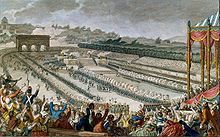

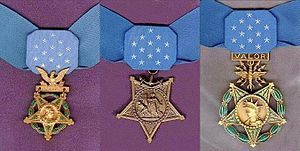

 On this day in 1789,
On this day in 1789, 
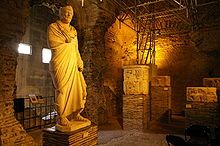
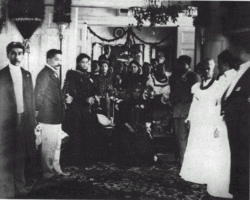
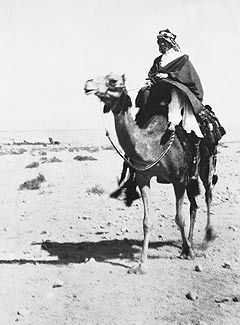 On this day in 1917, Arabian troops led by
On this day in 1917, Arabian troops led by